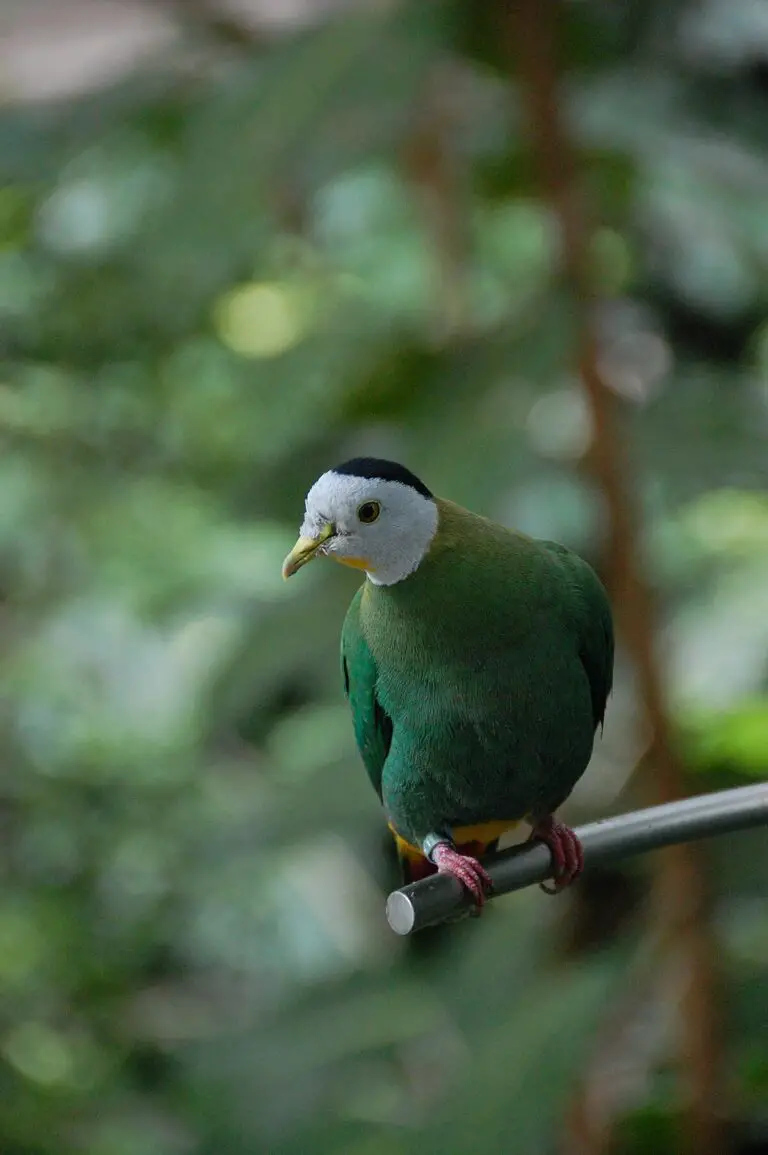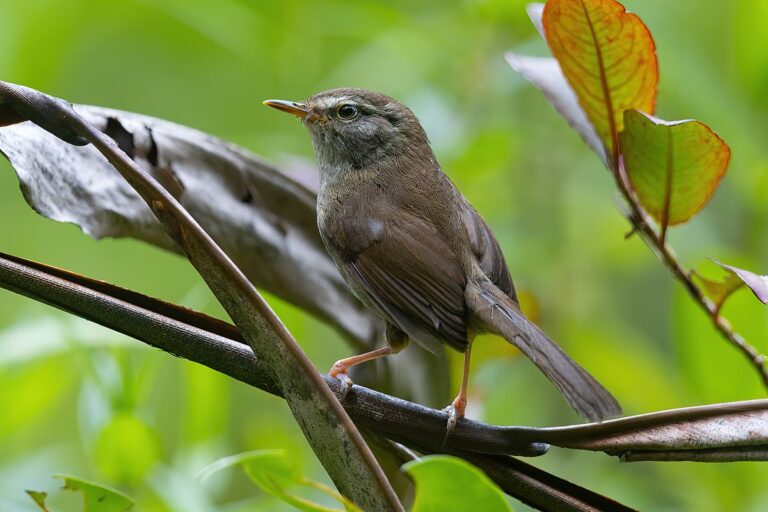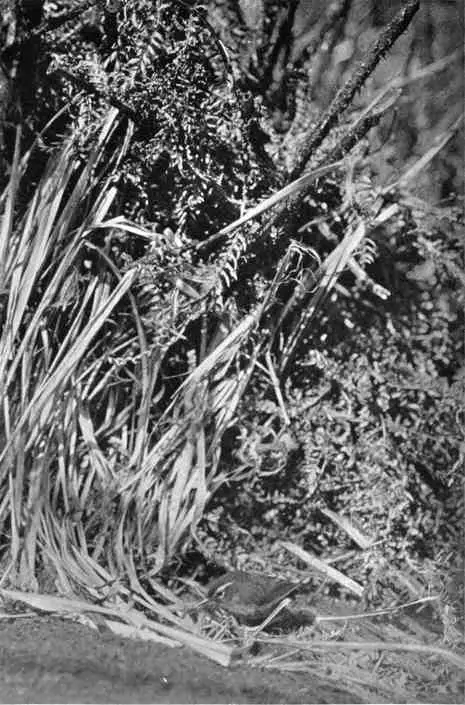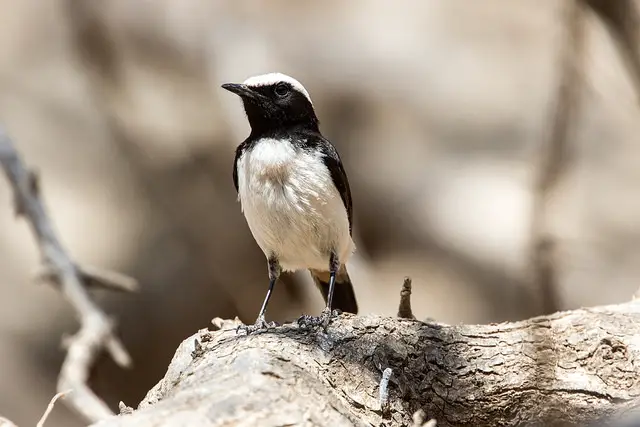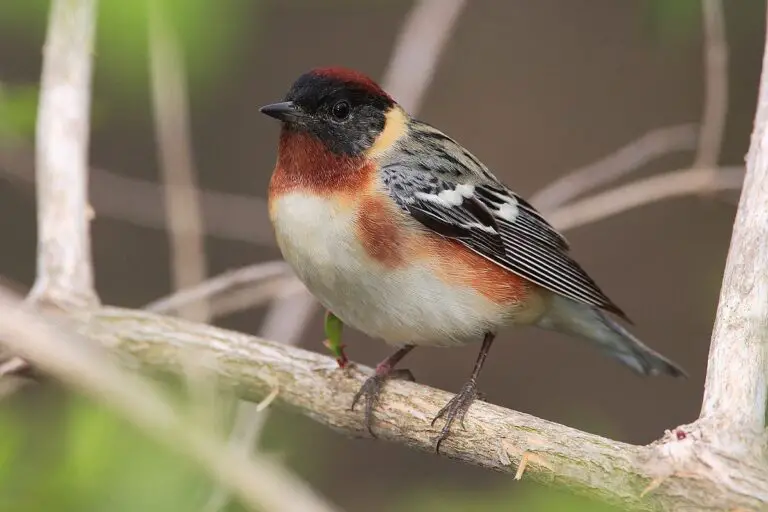Baya (Ploceus philippinus)
“The baya constructs a massive nest out of plant fibers”
The Baya, scientifically known as Ploceus philippinus, belongs to the following classification:
- Kingdom: Animalia
- Phylum: Chordata
- Class: Aves
- Order: Passeriformes
- Family: Ploceidae
- Genus: Ploceus
- Species: Ploceus philippinus
Conservation Status: Least Concern
Locations: Baya birds are predominantly found in Asia.
Baya birds are fascinating creatures known for their intricate nest-weaving abilities and vibrant plumage.
Here are some facts about the Baya bird:
- Common Name: Baya
- Scientific Name: Ploceus philippinus
- Other Names: Baya weaver
- Type: Bird
- Location: South Asia
- Habitat: Grasslands, farmlands, and forests
- Prey: Seeds, grains, insects, frogs, and other small animals
- Diet: Omnivore
- Predators: Lizards, snakes, crows, and birds of prey
- Lifespan: 10-15 years
- Weight: 28g (1oz)
- Height: 15cm (6in)
- Wingspan: 25cm (10in)
- Color: Brown, yellow, black, and white
- Most Distinctive Feature: Bright yellow plumage
- Nesting Location: Typically in thorny trees
- Fun Fact: The Baya constructs a massive nest out of plant fibers
- Biggest Threat: Habitat loss
- Incubation Period: 14-17 days
- Average Clutch Size: Typically around 3 eggs
- Age of Molting: Approximately 17 days
- Migratory: Some populations may undertake seasonal migrations
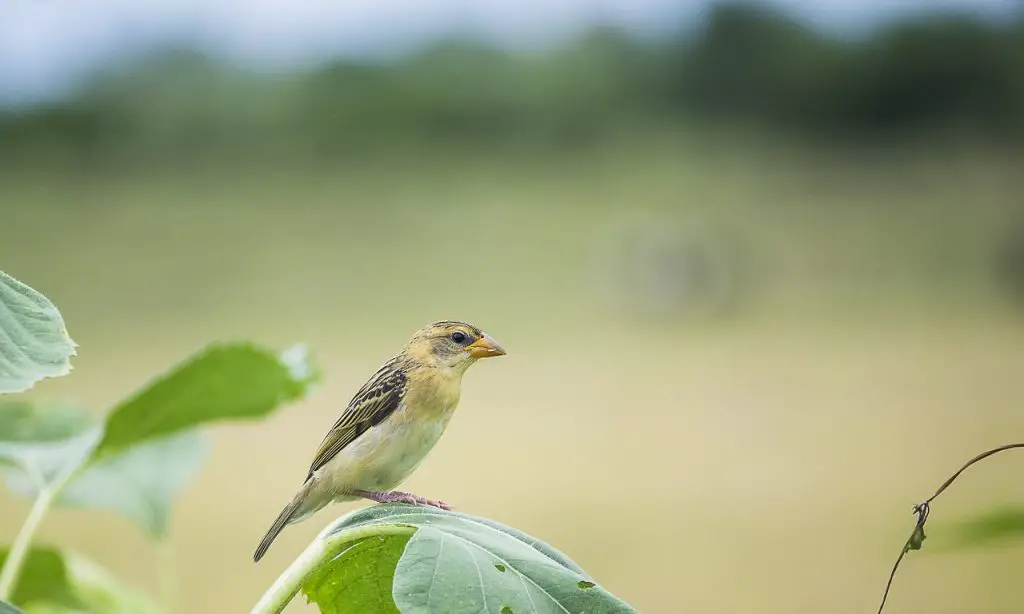
These facts provide insight into the behavior, characteristics, and habitat of the Baya bird. If you have any more questions or need further information, feel free to ask!
The Baya, or Baya Weaver, indeed showcases remarkable nest-building skills, crafting intricate structures that stand out even in the vast realm of the animal kingdom. These small songbirds create sprawling nests, often resembling woven baskets, where they reside during the breeding season. Their nests typically feature an entrance and chamber, providing a safe haven for raising their offspring.
The name “Baya” originates from the local Hindi name for this species, reflecting its presence and significance in the regions where it’s found. As part of the diverse family of weaver birds, Bayas demonstrate the ingenuity and adaptability of avian architects. Their nests are not only functional but also serve as architectural wonders, reflecting the resourcefulness and creativity of these humble birds.
3 Baya Amazing Facts
Here are three fascinating facts about Baya weavers:
- Trained Performers: In India, Baya weavers were once trained by people to showcase their intelligence and dexterity. They were taught to perform tricks, such as playing with toys and picking up coins and other objects, for public entertainment.
- Firefly Myths: There’s a popular myth suggesting that Baya weavers use fireflies to light up the inside of their nests. While this adds a whimsical touch to the bird’s behavior, it appears to be more fiction than fact.
- Mate Dependency Myth: Another myth surrounding Baya weavers is the belief that they will die if their mate dies. However, there’s no evidence to support this claim. While some bird species do exhibit strong mate bonding, there’s no indication that the Baya weaver’s survival is directly linked to its mate’s.
These facts illustrate the intriguing cultural perceptions and myths surrounding the Baya weaver, adding to the allure of this fascinating bird species.

Where to Find the Baya
The habitat and nesting habits of the Baya weaver indeed contribute to its uniqueness:
- Habitat Range: Baya weavers are versatile in their habitat selection, inhabiting a range of environments including grasslands, scrubs, agricultural fields, and secondary growth forests. They are particularly abundant throughout South Asia, including the entirety of the Indian subcontinent, as well as parts of the Pacific region.
- Elaborate Nests: The Baya weaver’s nests are marvels of avian architecture. Constructed primarily by the male, these nests are intricate structures made from grass stems and other plant fibers. They often resemble large, upside-down flasks or gourds, featuring a central chamber and a long vertical tube leading to a side entrance. Typically, they are built on thorny acacia or palm trees, positioned over water for added protection from predators.
These characteristics highlight the adaptability and resourcefulness of Baya weavers in both their choice of habitat and their construction of elaborate nests, showcasing their remarkable abilities in survival and reproduction.
Baya Scientific Name
The information you provided sheds light on the scientific and taxonomic background of the Baya weaver:
- Scientific Name: The Baya weaver’s scientific name is Ploceus philippinus. The genus name, Ploceus, originates from the Greek word “pleko,” meaning “to entwine,” which aptly describes the weaving behavior of these birds. The species name, Philippinus, is derived from the Philippines, albeit erroneously, as the original discoverer mistakenly believed the specimens hailed from there. Despite the misnomer, the species is not found in the Philippines.
- Genus and Species: The Baya weaver belongs to the weaver genus, Ploceus, which encompasses approximately 57 closely related species, all known for their adept weaving skills.
- Subspecies: Taxonomists recognize five distinct subspecies of the Baya weaver, reflecting variations within the species across different geographical regions.
This information not only highlights the intricacies of scientific nomenclature but also underscores the historical context and geographic misconceptions associated with the naming of the Baya weaver.
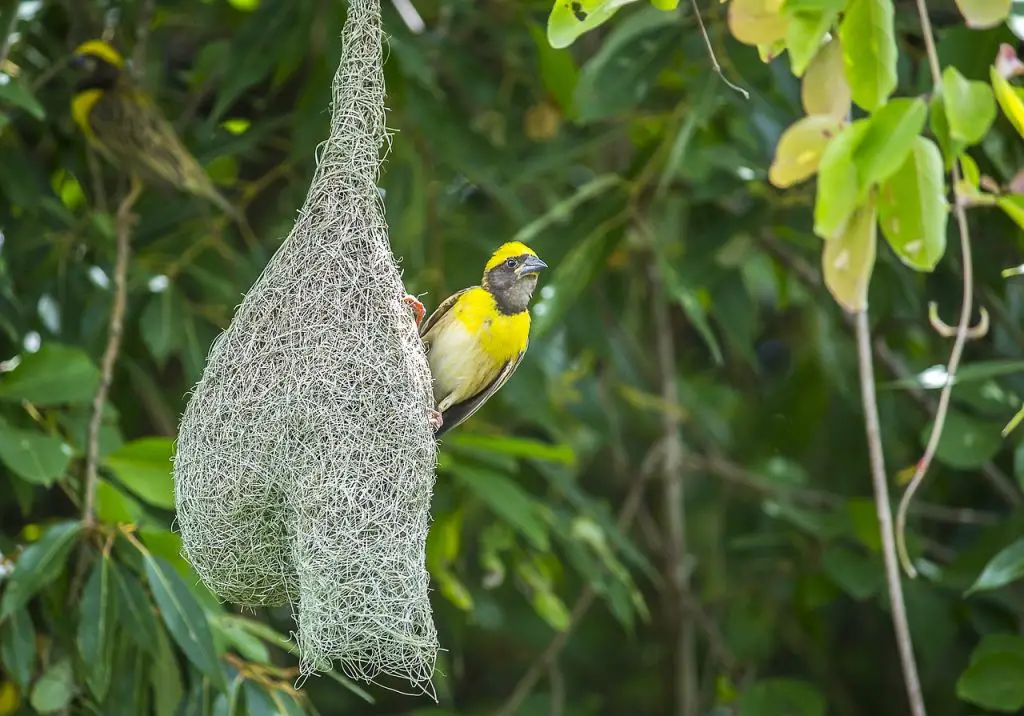
Baya Size, Appearance, and Behavior
The Baya weaver, as described, exhibits fascinating characteristics in terms of size, appearance, and behavior:
Size and Appearance:
- Size: The Baya weaver is a small songbird, measuring approximately 6 inches in length with a wingspan of about 10 inches.
- Body: Non-breeding males and females have a cream-colored body with brown or black streaks on the wings. A yellowish hue is interspersed throughout the plumage.
- Breeding Plumage (Males): During the breeding season, males develop bright yellow breast and crown feathers, along with a dark brown facial mask. This plumage change distinguishes them from females and non-breeding males.
- Juveniles: Juveniles resemble females but lack the thick eyebrows seen in adult females.
- Regional Variations: There are regional variations in the arrangement of colors throughout the plumage.
Behavior:
- Social Nature: The Baya weaver is highly gregarious, forming large colonies comprising about 20 to 30 birds during the breeding season.
- Nesting: These birds construct their nests within these colonies for the breeding season, demonstrating communal nesting behavior.
- Foraging: Baya weavers forage for food together in these colonies and may fly in formation when necessary.
- Activities: They spend a significant amount of time dust bathing and preening throughout the day.
- Vocalizations: Baya weavers produce various calls, including mating songs, alarm calls, chick cries, and other communication calls, reflecting their social and communicative nature.
These characteristics highlight the unique traits and social dynamics of the Baya weaver, making it a fascinating species to observe and study.
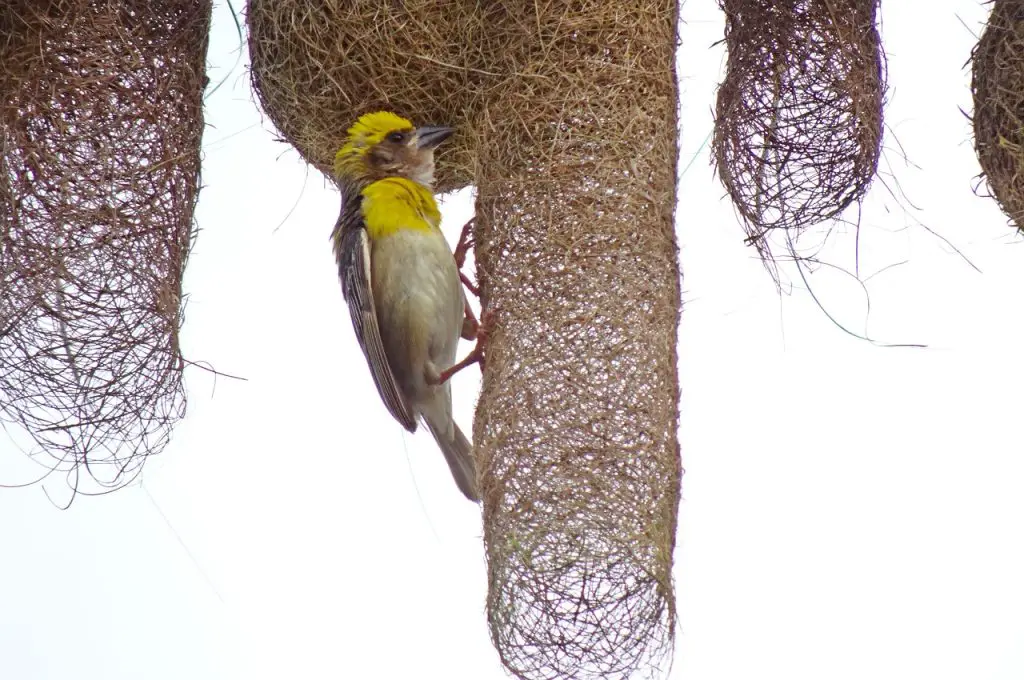
Baya Migration Pattern and Timing
The Baya weaver’s seasonal movements, as you described, are primarily driven by factors such as rainfall patterns and food availability. While they do undertake seasonal migrations, these movements typically do not involve traveling very far from their initial home range. Instead, Baya weavers are known for exhibiting relatively short-distance migrations within their local or regional area.
These seasonal movements are likely strategic responses to changes in environmental conditions, ensuring that the birds can access suitable nesting sites and food resources throughout the year. By remaining relatively close to their initial home range, Baya weavers can maintain familiarity with their surroundings while also adapting to fluctuations in resource availability.
Overall, while Baya weavers may undertake seasonal movements, their tendency to stay relatively close to their original habitat underscores their adaptability and ability to thrive within their preferred ecological niches.
Baya Diet
The Baya weaver’s diet primarily consists of seeds and grains, making them predominantly granivorous. Their large, stout beaks are well-adapted for cracking open the thick shells of seeds with ease. However, Baya weavers are opportunistic feeders and may also consume other food items when available. Here’s a breakdown of their diet:
- Seeds and Grains: Baya weavers predominantly feed on seeds and grains, utilizing their specialized beaks to crack open the tough shells and extract the nutritious contents. They may forage for seeds from a variety of plant species, depending on availability.
- Insects: While seeds and grains form the bulk of their diet, Baya weavers will also opportunistically feed on insects. They may catch insects while foraging in trees or on the ground, supplementing their diet with this protein-rich food source.
- Frogs and Other Small Animals: Occasionally, Baya weavers may also consume frogs and other small animals if the opportunity arises. However, such items likely constitute a smaller portion of their diet compared to seeds, grains, and insects.
It’s worth noting that Baya weavers’ foraging behavior often occurs in large groups, where they may gather to exploit food resources collectively. While their feeding habits make them valuable contributors to ecosystem dynamics, they may occasionally be viewed as pests by humans, particularly when raiding agricultural fields such as rice fields for their preferred seeds and grains.
Baya Predators, Threats, and Conservation Status
The Baya weaver, classified as a species of least concern by the IUCN Red List, indeed faces some challenges from habitat loss. However, it remains common and widespread throughout South Asia, demonstrating adaptability to changes in its environment, particularly the transformation of habitats into farmland.
As for predators, the Baya weaver faces predation from various animals, including:
- Snakes: Various species of snakes, such as rat snakes and tree snakes, are known to prey on Baya weavers, particularly targeting their eggs and chicks.
- Lizards: Some species of lizards, such as monitor lizards and garden lizards, may also prey on Baya weavers, particularly targeting their eggs and young chicks.
- Birds of Prey: Raptors such as hawks, eagles, and owls pose a threat to Baya weavers, especially when they are in flight or vulnerable during nesting periods.
- Crows: Crows are opportunistic predators that may prey on Baya weaver eggs, chicks, or even adults if given the chance.
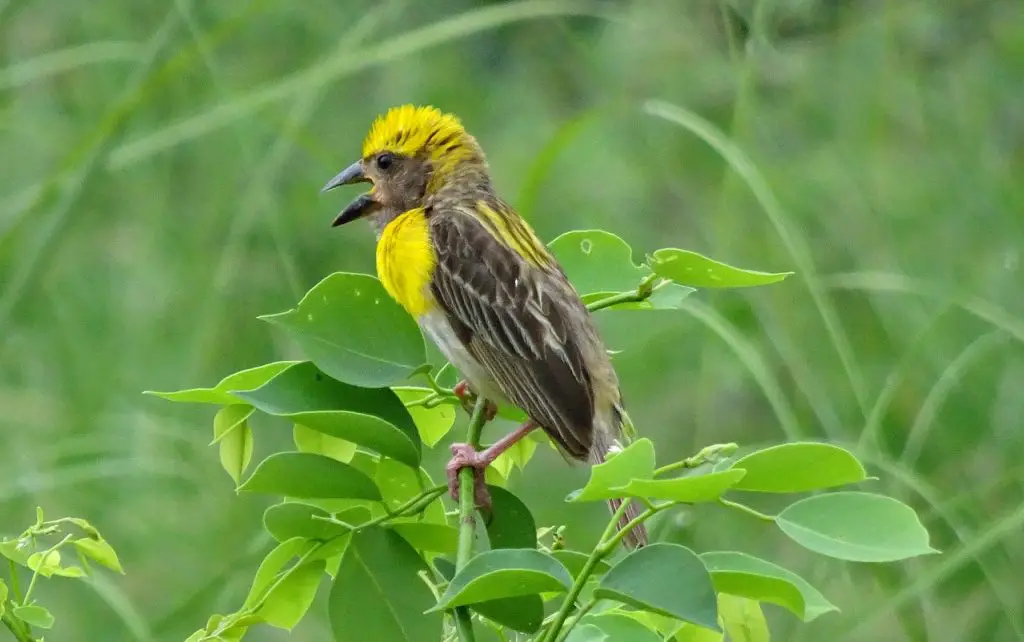
While Baya weavers face predation pressure from various sources, their nesting strategy, which involves suspending their nests from thorny trees above water sources, provides them with some degree of protection against many predators. However, despite these adaptations, predation remains a significant factor influencing the population dynamics of Baya weavers in their natural habitats.
Baya Reproduction, Young, and Molting
During the Baya weaver’s breeding season, which typically occurs between April and August, coinciding with the arrival of the monsoon rains, males in the flock exhibit elaborate courtship behaviors to attract potential mates. Here’s a breakdown of their breeding behavior:
- Courtship Display: Male Baya weavers gather together and engage in a series of alternating chatters and whistles while hanging upside down and fluttering their wings. This display serves to attract females and establish dominance among competing males.
- Nest Construction: Males begin constructing their nests early in the breeding season, but the nest remains uncompleted until a male successfully attracts a mate.
- Mating and Egg Laying: After mating, the female Baya weaver lays typically two to four white eggs per clutch. Both parents then incubate the eggs for a period of 14 to 17 days before they hatch.
- Parental Care: Once the eggs hatch, both the mother and sometimes the father participate in feeding and caring for the chicks. It takes about 17 days for the chicks to leave the nest for the first time.
- Development and Maturity: The chicks gain their full adult plumage after about four to six months, but it can take at least a year before they reach full sexual maturity.
- Polygamous Behavior: Both male and female Baya weavers exhibit polygamous behavior, meaning they continue to mate with other partners even after successfully raising a brood. Females may also lay eggs in the nests of other Baya weavers to take advantage of their parental care.
- Lifespan: While the typical lifespan of Baya weavers is not well-documented, many weavers can live at least 10 to 15 years.
These breeding behaviors highlight the complex social dynamics and reproductive strategies of the Baya weaver, contributing to its success as a species in its natural habitat.
Baya Population
While the global population of the Baya weaver has never been precisely estimated, the IUCN Red List considers the population to be stable and unchanging. This assessment is based on various factors, including the species’ wide distribution across South Asia and parts of the Pacific region, its adaptability to human-altered habitats such as farmland, and its ability to maintain stable population levels despite potential threats such as habitat loss.
The stability of the Baya weaver population suggests that it is currently not facing significant population declines or other immediate threats to its survival. However, continued monitoring and conservation efforts are essential to ensure the long-term viability of this species, particularly in the face of ongoing habitat changes and other potential threats.
Conclusion
The Baya weaver, scientifically known as Ploceus philippinus, is a fascinating bird species known for its remarkable nesting behavior, vibrant plumage, and complex social dynamics. Found primarily in South Asia and parts of the Pacific region, the Baya weaver demonstrates adaptability to various habitats, including grasslands, agricultural fields, and forests. Despite facing challenges such as habitat loss and predation, the Baya weaver maintains a stable population status, as assessed by the IUCN Red List. Its breeding behaviors, including elaborate courtship displays and communal nesting, contribute to its success as a species. However, continued monitoring and conservation efforts are crucial to ensure the long-term survival of this iconic bird species and its important role within its ecosystems.
